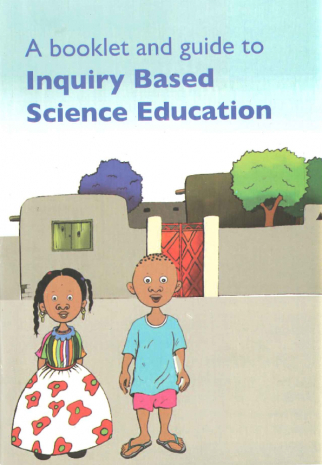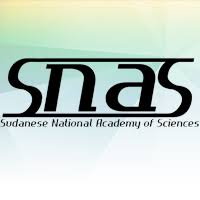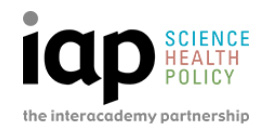IBSE guidelines
This booklet includes some guidelines on inquiry-based science learning known also as learning by doing. It is prepared by a number of life experienced educators and educationist. Its aim is to evoke the maximum
potential of the child capacity to understand the world, implant creativity and acquire the necessary skills for problem solving, encouraging the child to use whatever available material to produce a product or solve a
problem.
IBSE experiments and exercises
In this booklet we have included examples of experiments and exercises, ranging from the simple to the complicated, examples intended to postulate the possibilities of IBSE and it is by no means the most comprehensive or exhaustive. You may add as much as possible from other available sources, local games etc.. the aim is to make the process of learning appealing and enjoyable, through games, experiments or visual materials.
Children and problem solving
Humans are hardwired to imitate and create meaningful ordered stuff, having this in mind you should not discard any produce of the child, discuss and see his point of view on what he/she attempted. Children have different perspectives in problem solving. Concepts come later in childhood; for instance numbers a mere abstraction in describing objects may not be known yet for a child when beginning these exercises. However a child will know how to count and do basic processes from very early on. At this digital age children deals with keyboards and informatics intermediates most spontaneously.
The booklet is two sections: an elementary preschool section in which the child goes through the simplest tasks a child can perform and a section for primary school where the child could associate tasks and exercises to concepts and writing systems and numbers. For example a task where the child could find the flying speed of a locust or an insect of abundance within the child environment. In this experiment the child will be exposed to the body parts of a living object where she\he could describe and draw the parts of the insect, appreciate the symmetry in nature, in addition to understanding the meaning of a pests then understand how to count a speed of a flying object and take measures.
How to teach science to children
Don't worry much about the categorization of the Sciences (physics..chemistry..biogy). As the boundaries are already blurred between the scientific domains, the child should instead learn the essence of science and research: to observe, record, analyze and generalize, employing tools, (e.g. math, drawing etc..). The booklet hopes to stress the oneness of our cosmos and its laws at an early stage. The example of the concept of building blocks, in physics, chemistry and biology and energy as state of matter and life driving force.
How can I teach my child to count?
Another example is in section A on using of matches to form geometrical shapes animate or inanimate like shapes could also be used to introduce basic arithmetic (counting) e.g associate between number of sticks and the shape the child is able to form. Matches are available everywhere but if unused could be a potential sources of hazard to the child always use already burnt sticks or the children could be asked to collect used matches as a recycling exercise.
How can kids respect the earth?
The future relationship with the immediate and global environment is decided at this stage of the child life where she/he will learn how to behave respectfully towards nature and natural resources. Children at a later stage may become relatively more aware of the plight and threats within and against the earth environment, and some of the experiments you will find in this booklet will help establish behavioral traits that will last a life time.
As the materials for the experiment/produce could be anything from the surrounding (these could be normal daily waste, or broken machinery), this should encourage waste management culture and recycling. For that later age (B) we have included «Almudawana» a brilliant relic of a glorious educational past. It was introduced during early classes of primary school (and see no reason not to have it even earlier) and the children were asked to observe and record their surrounding, plants or weather condition and draw maps. We see no reason also why this experimented cannot be reincarnated in a digitized form. Cameras are now available everywhere on mobile phones, children could go into an endless observation and recording spree in such pursuit.
About this IBSE booklet
Produced by the Sudanese National Academy of Sciences through a project funded by the InterAcademy Partnership (IAP) and in collaboration with the Ethiopian Academy of Sciences, this booklet provides guidelines on inquiry-based science education (IBSE) for teachers and parents. It also introduces a series of 'hands-on' experiments for primary-school aged children that can be carried out using materials that are cheap and locally-available in the two partnering countries.
Promoting IBSE is a major goal of the IAP Science Education Programme.


